P-p
Protected landscapes. They are those specific places in the natural environment that, por sus valores estéticos y culturales, are deserving of special protection.
Longline. Fishing gear formed by a main line from which other secondary lines hang at intervals that carry baited hooks at the ends.
Photovoltaic solar panel. Photoelectric cells that transform light energy of solar origin by releasing electrons.
Biological stop. Temporary interruption of the fishing activity decreed by the competent authority with the purpose of regenerating the resources of the marine fishing grounds.
Parathion. Dietinilnitrofeniltiofosfato. It is an organophosphate compound, toxic that is used as a pesticide.
Eolico Park. Installation to produce electrical energy using wind energy through wind turbines connected to the electrical distribution network.
National Parks. Are those spaces that, its conservation of general interest of the Nation is declared with the attribution to the State of its management and the corresponding allocation of budgetary resources. The declaration as of general interest of the Nation will be appreciated because the space is representative of any of the main natural systems.
Natural parks. Natural areas, little transformed by exploitation or human occupation that, due to the beauty of its landscapes, the representativeness of its ecosystems or the uniqueness of its flora, of its fauna or its geomorphological formations, have ecological values, aesthetic, educational and scientific whose conservation deserves preferential attention.
Periurban Parks. Those natural spaces located in the vicinity of an urban nucleus, whether or not they were created by man, that are declared as such in order to adapt their use to the recreational needs of the populations based on which it is declared.
Particle. Solid or liquid matter dispersed in the air, diameter less than 500 microns. May come from natural sources (Volcanic eruptions, for example) or artificial. Depending on its size, they can remain suspended in the atmosphere from a few seconds to several months.
Particles in suspension in the atmosphere. Solid or liquid matter dispersed in the air, diameter less than 10 microns. May come from natural sources (Volcanic eruptions, for example) or artificial. Depending on its size, can remain suspended in the atmosphere from a few seconds to several months. (SPM)
Suspended particles. Particles with a diameter between 0.1 and 1 microns.
Settling particles. Particles with a diameter greater than 10 microns.
Pastureland. Land with a herbaceous plant mass suitable for livestock feed and that is grazed in situ.
Fish. Pisciform vertebrates (no tetrapods). Two very different classes are included under the term fish, cartilaginous fish (Chondroitic) and bony fish (Osteoicts); the common language fish includes cyclostomes such as lampreys that belong to a subgroup of jawless vertebrates (Agnates), that is opposed to the rest of the vertebrates or Gnathostomes (Chondroitic, Osteoicts, Amphibians, Reptiles, Birds and Mammals). Fish are gill-breathing poikilothermic vertebrates, single camera heart, circulatory with gill arches, body generally fusiform and with scales and fin-like extremities. They are aquatic animals, freshwater and marine.
Diphosphorous pentaoxide. It is a hygroscopic substance (that absorbs atmospheric moisture). Reacts with water to form phosphorous oxyacids. Used as a desiccant. Formula P2O5.
Percentile. In a population of statistical data, a value below which is a certain percentage of the total data.
Percolation. Vertical circulation of water in the soil through the infiltration zone.
Overnight stays in hotel establishments. Occupancy by a person of one or more beds or of an extra bed within a hotel day and in the same establishment. A) Yes, if a person occupies places in different accommodation on the same day, will produce more than one overnight stay.
Organochlorine pesticides. Organic compounds that contain one or more chlorine atoms in their molecule and that due to their toxicity are used as pesticides. They are chemically stable substances. As pollutants, they tend to circulate through food webs and accumulate in organisms., including man. Among the organochlorine pesticides is the well-known DDT (dichlorodiphenyltrichloroethane).
Organophosphate pesticides. Organic compounds that contain phosphorus in their molecule and that due to their toxicity are used as insecticides. Unlike organochlorine pesticides, are easily degraded in the environment, therefore, they are considered less dangerous pollutants.
Pesticides. See pesticides.
Petroleum. Liquid mixture of hydrocarbons of natural origin found in reservoirs limited by impermeable rocks.
pH. Measurement of the acidity or basicity of a solution. It is defined as the least logarithm of the hydrogen ion concentration, expressed in moles per liter. The pH scale varies from 0 a 14. Neutral solutions have a pH 7, acidic less than 7 and the basic or alkaline, greater than 7. PH is an important quantity in aquatic and edaphic ecosystems.
Piezometer. Apparatus for measuring groundwater level. It's a tube, whose lower end allows the rise of water by its own hydrostatic pressure, to be inserted into a hole made in the subsoil.
Pigment. Colored chemical compound, natural or artificial. Natural pigments are produced by microorganisms, plants and animals. Among the plant pigments are chlorophyll, xanthophylls and carotenes. Among the animal pigments are purple, hemoglobin, bile pigments (bilirubin and biliverdin)and melanin.
Battery. Device that produces electrical energy from chemical energy.
Pirita. Mineral from the sulfide group. Chemically it is iron sulfide, FeS2. It is a mineral of hardness 6 a 6.5, density 5 a 5.2 g/cm³, Brass yellow color and metallic luster that can be present in massive or crystallized form in the cubic system.
Slaty. Relating to blackboards, metamorphic rocks of low-grade regional metamorphism of clays. The slate structure is similar to the schisto, but with finer planes, and it results like it from the action of directed pressures.
Plague. Organism (fungus, plant the animal) killing, parasite, causes disease or damages crop plants, animals of interest to man or stored resources such as grain or wood.
Pesticides. Various chemicals that are used to kill organisms that are undesirable for any reason (mushrooms, weeds, nematodes, insects, rodents, etc.) Environmental problems associated with the use of pesticides are related to their toxicity, degradation capacity in the environment and tendency to accumulate in organisms. The term pesticide is often used as a synonym for pesticide.
Natural Resources Management Plan. It is a management instrument with the following objectives.- a) define and indicate the state of conservation of resources and ecosystems in the territorial area in question; b) determine the limitations that must be established in view of the state of conservation; c) indicate the appropriate protection regimes; d) promote the application of conservation measures, restoration and improvement of natural resources that require it; and) formulate the guiding criteria for sectoral policies and computers for economic and social activities, public and private, so that they are compatible with the requirements indicated.
Plankton. Set of small organisms (protozoa animals and unicellular algae) that live in suspension in the waters (marine or continental) and they constitute the first links of the trophic networks.
Planosol. Very evolved soil in which a layer of clay is formed by precipitation in the B horizon. It is a final evolutionary stage of the soil.
Composting plant. Facility in which compost is obtained from garbage. For this, the waste is treated by first separating the solids (metals and glass), and with the remaining organic fraction a material is obtained that is biochemically altered by microorganisms to obtain an organic product (compost) usable as agricultural fertilizer.
Incineration plant. Installation in which urban or industrial waste is treated by combustion. The process produces gases, ash and slag that must be treated because they may contain toxic substances.
Recycling plant. Waste transformation facility so that it can be reintroduced into the production cycle.
Plankton: Set of floating organisms of the animal kingdom that live in practically all natural waters. Set of living beings, animals and vegetables, usually microscopic, that float adrift in fresh and marine waters.
Plastics. Organic polymers obtained from natural substances or from chemical synthesis. They are of great diversity and high number of applications. Many plastics create environmental problems of their own. (no degradability) or by the industrial processes of its obtaining (production of polluting substances).
Continental platform. Shallow ocean floors, with depths from zero to two hundred meters, bounded by the coastline and the continental slope. Geologically they are the edges of the continent located under the sea. They are usually marine regions rich in fishing.
Platinum. chemical element of group VIII of the periodic table. Atomic number 78 and atomic mass 195.09. It's found (very scarce) in the wild natively. It is a precious metal and has various applications (as a catalyst and in dentistry). Symbol Pt.
Playa. Coastal sedimentary formation made up of detrital materials. It is the result of transport and wave deposit processes, currents and tides.
Lead. Chemical IV element of the periodic table. Atomic number 82 and atomic mass 207.19. Denso, soft, malleable and ductile, low melting point, resistant to many acids, although not to all and opaque to X-rays. Its properties make it have numerous applications (chemical and metallurgical industry and construction). Lead and its compounds are toxic to living things, producing in man the serious disease called lead poisoning. It is a major pollutant that tends to accumulate. Symbol Pb.
Active population. Set of people 16 or more years that provide labor for the production of economic goods and services or that are available and manage the incorporation into said production.
Population. In ecology, set of individuals of the same species that is found in a given habitat and functions as a reproductive community. In human ecology and demography, set of people in a geographic unit, territorial, administrative, politics, urban or rural. Generally number of inhabitants of an area.
Polychlorobiphenyls. PCB´s. Aromatic organic compounds that incorporate chlorine atoms. They are pollutants that can accumulate in food chains.
Polychlorinated etherphenylos. PCT´s. Aromatic organic compounds that incorporate chlorine atoms. They are pollutants that can accumulate in food chains.
Polyethylene. Chemically it is an ethylene polymer (-CH2-CH2-), which is obtained industrially because it is a plastic with numerous applications, for example for packaging (food polyethylene).
Polyurethane. Organic substance obtained by chemical synthesis. It is a product used to manufacture different types of synthetic fibers, Plastics, etc. and with numerous industrial applications.
Dust. Set of small particles (1 a 100 microns) capable of temporarily remaining in air suspension.
Drinking. Drinking character of the water.
Drinking water. Pre-treatment of urban supply water in order to make it fit for consumption.
Potassium. Chemical element of group I of the periodic table or alkaline. Atomic number 19 and atomic mass 39.102. Very reactive, is forming salts. It is a macronutrient for vegetables. Potassium salts are used as fertilizer. Symbol K.
Power. Work per unit of time. The basic unit of power is the watt.
Potencial redox. Oxide reduction potential. It is the difference in the electric potential of the reference electrode and the measurement electrode immersed in an oxide-reduction system.. Substances with the most negative redox potentials, have a greater tendency to give up electrons than substances with less negative or positive redox potentials. The redox potential is measured in volts.
Phanerogam meadows. Seabed in which some of the only three species of seagrass grow (Oceanic posidonia, Zostera marina and Lymodocea nodosa). These plants colonize muddy or sandy bottoms, forming meadows that give seat to numerous species of marine animals.
Posidonia meadows. See phanerogam meadows.
Precipitation. Total water contributed to a given surface in the form of rain, snow, hail or other hydrometeor, usually expressed in millimeters or, what is equivalent, liters per square meter.
Barometric pressure. Atmospheric pressure measured with the barometer. The atmospheric pressure in a place is the weight of the air column over the unit area. It is measured in millibars or millimeters of mercury. 1 mm Hg equivale a 1.33 mb.
Environmental problem: Apparent damage, real or potential to the environment that is not accompanied by popular action.
Primary productivity. In an ecosystem, the only process that transforms inorganic into organic matter using the energy of light, is photosynthesis, What is it, therefore, the origin of matter and energy circulating through the food web. Primary productivity can be measured using biomass or its energy equivalent (1 gram dry weight of vegetable matter is equal to 0.4 grams of carbon or 4.25 kilocalorías). Gross primary productivity is defined as grams of carbon fixed per unit area and per unit time, and net productivity, as the difference between gross productivity and respiration.
Producer of toxic and hazardous waste. The owner of the industry or activity that generates or imports toxic and dangerous waste.
Pteridofitas. Cryptogamic plants (without flowers) but vascular (with conductive fabrics). They have an alternating life cycle with a predominant diploid plant foot, the sporophyte and a reduced haploid phase, the gametophyte. Among the Pteridophytes are ferns.
PVC. Polyvinyl chloride. Organic polymer obtained by polymerization of vinyl chloride. Its properties of resistance to acids and bases, stability and plasticity make it one of the most widely used products in the plastics industry, with many applications.

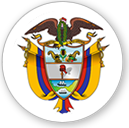

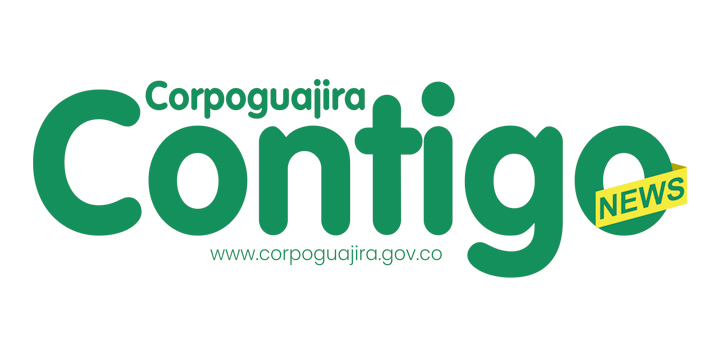



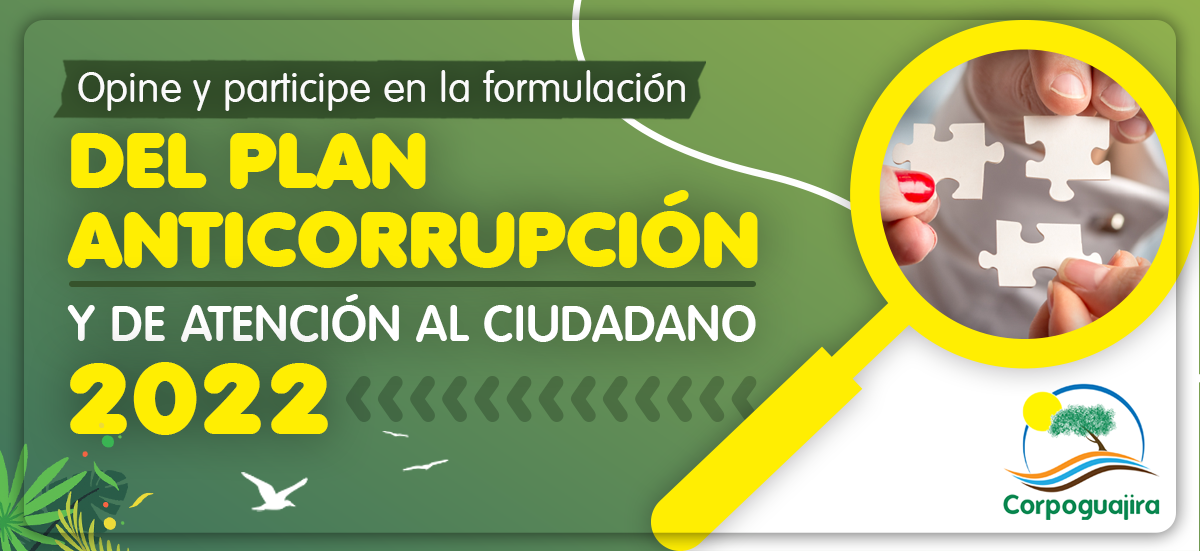
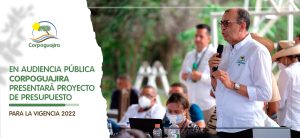



















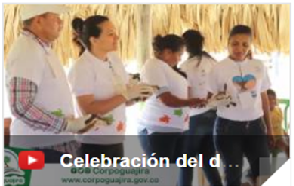


Leave a reply
I am sorry, you should be connected to post a comment.